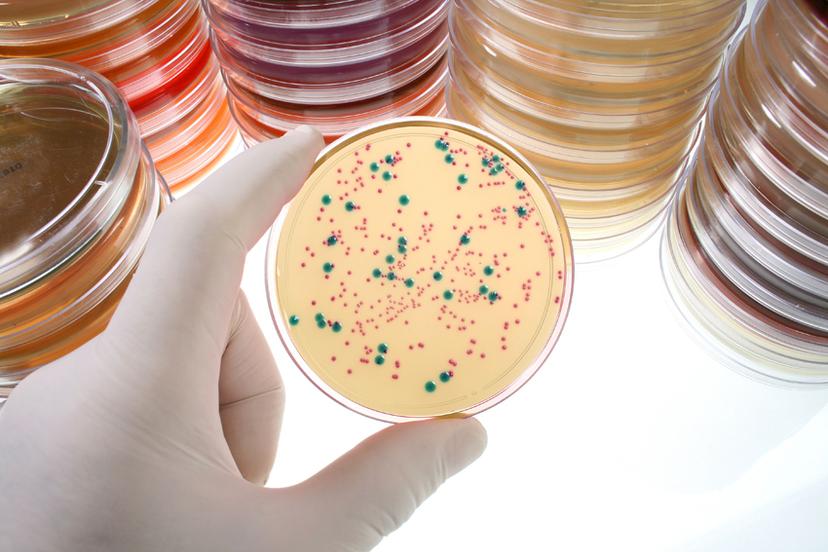Key Considerations for Buying a New CO2 Incubator
Top tips for clinical and life sciences laboratories looking to purchase a new CO2 Incubator
22 Dec 2016

Discover key considerations for purchasing your next CO2 incubator
CO2 incubators provide a controlled in-vitro environment for cell and tissue culture as well as storage and preservation of gametes and animal tissue cell cultures intended for experiments at or near body temperature. It is important to ensure that your incubator provides the optimum environmental conditions (humidity, temperature control, sterility, CO2 gas control, and/or O2 control) to maintain your cell or tissue culture for the duration of your experiment and to allow other necessary activities. Read on to discover some of the key factors to consider when purchasing a new CO2 incubator in this editorial overview of NuAire’s CO2 Incubator Buying Guide.
1. Which type of CO2 incubator?
There are two main types of technologies used to maintain uniform incubator temperature – water-jacketed and direct heat.
- Water-jacketed CO2 Incubators
With this type of incubator, a jacket of water circulates around the outside of the interior incubator shell and exchanges heat with the inner chamber via natural convection. Water-jacketed CO2 incubators benefit from a fairly uniform interior temperature, provide a thermal buffer against outside air, protection against vibration and the capability to hold its heat for a longer period than units without a large surrounding thermal mass created by the heated water. Thing to consider: These incubators, however, are very heavy and therefore must be emptied before being moved. Once moved the incubator will need to be refilled and can take as long as 24 hours to reach operating temperature.
- Direct Heat CO2 Incubators
Direct heat incubators work by means of heating elements, and often insulation layers, that surround the interior chamber. Air inside the chamber is warmed by one or more heater, with even heat distribution achieved by natural convection, or mechanical assistance. This type of incubator benefits from lighter weight, faster set up time, the ability to reach desired temperature more quickly and potential for models to incorporate heat decontamination. Things to consider: Forced air can lead to increased evaporation from cultures and fans can create vibrations.
2. Incubator location
Avoid placing your incubator in direct sunlight, next to an oven or autoclave or underneath air diffusers. Also, consider the equipment you will be placing in your incubator – if it generates heat, you may benefit from an incubator with refrigeration capabilities.
3. Temperature control
To help ensure consistent temperature control of your incubator the incubator door must be closed whenever possible to limit temperature fluctuations. It is important that all users are aware of this and that there is a plan to properly train users on operating procedures prior to purchasing your new incubator.
4. Incubator parameters
- Humidity Control
Correct humidity prevents cells from cultures from drying out and supports maintenance of uniform osmotic cell pressure. Airflow within the incubator can also lead to excessive evaporation, so consider models designed to reduce airflow.
- CO2 Control
A key choice to make for CO2 control is what type of CO2 sensor the incubator will have. Options include thermal conductivity sensors and infra red sensors. Infra red sensors benefit from being less sensitive to chamber humidity and temperature.
5. Contamination considerations
Contamination can occur in many ways, for example, a non-sterile glove touching inside the incubator or airborne contaminants entering through an open door. Many incubator models incorporate sterilization cycles for cleaning the interior of the incubator. You may want to consider incubators with rounded corners and removable gaskets for easy cleaning using chemical disinfectants, as well as models with anti-microbial copper surfaces.
